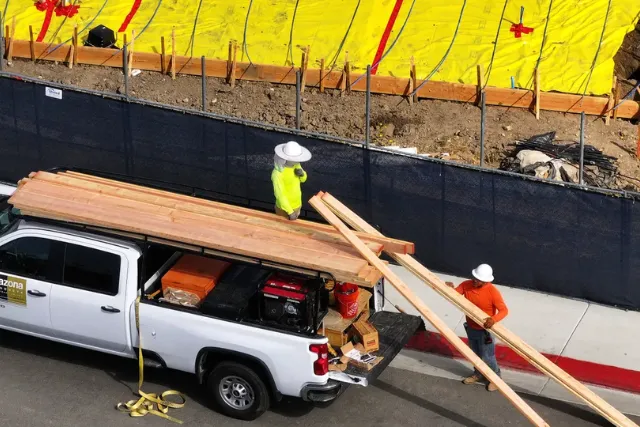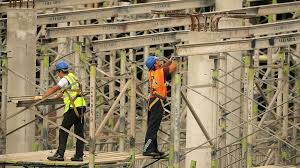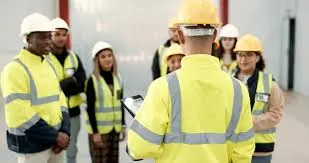
Construction costs continued to edge higher in June — even before the steepest new tariffs are set to take effect — leaving contractors bracing for further price jumps in the second half of the year.

According to the Associated Builders and Contractors’ latest analysis of the U.S. Bureau of Labor Statistics’ Producer Price Index, construction input prices rose 0.2% last month. Compared to a year ago, overall input prices are up 2.1%, while nonresidential construction costs are up 2.5%. For the first half of 2025, nonresidential input costs have been climbing at an annualized rate of 6%.
Aluminum mill shapes, steel mill products and lumber all contributed to the increase. Aluminum rose 6.3% over the past year, steel climbed 5.1%, and lumber and wood products increased 4.8%. Certain structural steel products saw even steeper hikes, such as a 22.5% surge in fabricated metal for bridges and an 8.3% increase for bar joists and rebar.
“The fact that construction materials prices are rising even before the steepest proposed tariffs have taken effect doesn’t bode well for what will happen in August if the promised new tariffs are implemented,” said Ken Simonson, chief economist for the Associated General Contractors of America. “Rising construction costs and economic uncertainty are already causing some owners to put projects on hold, which will only get worse if costs jump again.”

The Trump administration last month raised steel and aluminum tariffs to 50%, with a new 50% duty on copper set to take effect August 1. Broader import restrictions are also being discussed, adding more uncertainty for builders and suppliers heading into the busy construction season.
Beyond materials tariffs, inflation pressures are once again rearing up across the broader economy. Core goods prices — excluding automobiles — rose at their fastest pace since late 2021, the Consumer Price Index showed for June.
“Nonresidential input price escalation has accelerated in 2025,” said Anirban Basu, chief economist at ABC. “While it is unclear how and when trade policy will affect construction materials prices, the impact was evident in June’s CPI release.”
Despite the mounting cost pressures, many contractors remain cautiously optimistic about their bottom line. The industry’s resilience has been supported in part by federal tax changes under the One Big Beautiful Bill Act, which made 100% bonus depreciation permanent, giving businesses an incentive to keep investing despite higher costs.
“Economic uncertainty remains extraordinarily elevated,” Basu said. “What is all but certain is that the Federal Reserve will not be cutting interest rates at its July meeting. Despite higher-for-longer interest rates and rising input prices, contractors remain relatively optimistic.”
Industry leaders warn, however, that continued tariff-driven cost spikes could shake that confidence and hit project pipelines.
“The construction industry is poised to benefit from greater tax certainty as well as the administration’s efforts to streamline permitting and reduce needless regulatory burdens,” said AGC CEO Jeffrey Shoaf. “Finding a way to provide greater certainty on materials prices is the best way to make sure the new tax and regulatory approach have the best possible impact on economic activity.”
For now, contractors are watching the clock tick down to August 1, when the new copper tariff kicks in, knowing that volatile material costs could drive more developers to rethink schedules and budgets just as peak building season hits.
Originally reported by Sebastian Obando in Construction Dive.